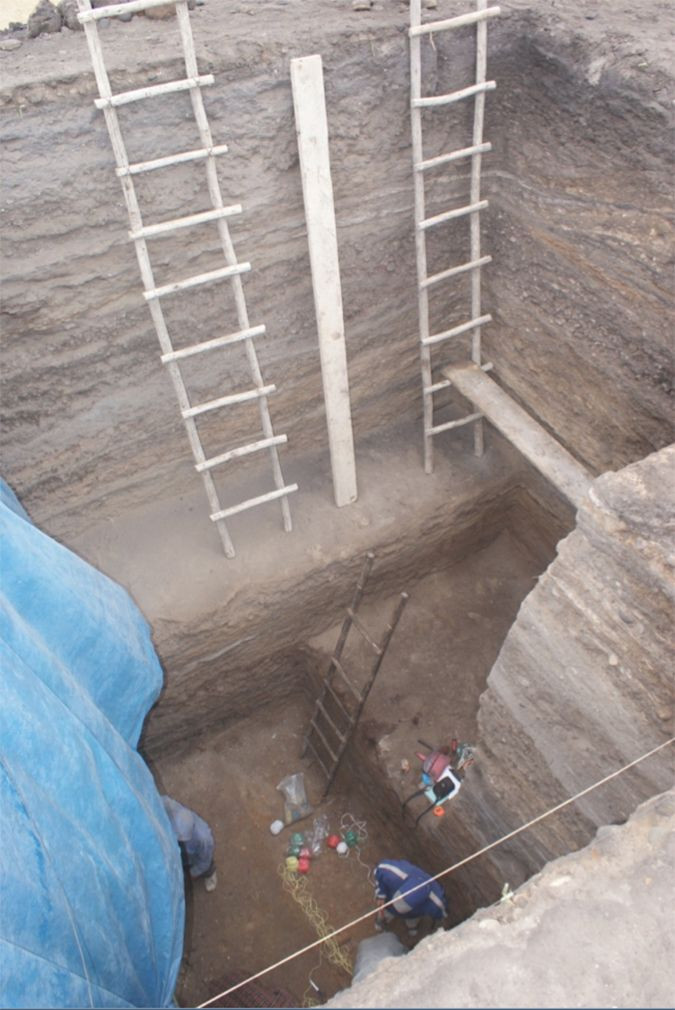Bones, Artifacts From Ancient Americans Show Advanced Prehistoric Culture

Artifacts left behind by ancient Americans suggest their civilization was much more advanced than experts previously thought.
Some of those artifacts, found at a prehistoric settlement in Peru called Huaca Prieta, are 15,000 years old and include handwoven baskets, stone tools and what’s left of meals made from marine- and land-based foods, with burnt and cut bones that are signs of cooking with fire, a study in the journal Science Advances found. The items were found hidden “underneath a large human-made mound” that was built later.
Read: America’s First Immigrants Are Ancestors of Native Tribes, DNA Confirms
The researchers said the hundreds of thousands of items the archaeologists found indicate the ancient South Americans developed a culture and society fairly quickly.
The pieces of the ancient people’s lives “really raise questions about the pace of the development of early humans in that region and their level of knowledge and the technology they used to exploit resources from both the land and the sea,” study co-author and archaeologist James M. Adovasio said in a statement from Florida Atlantic University.
Some of the tools would have been used to catch deep-sea fish, and the group was strategic about gathering a marine meal.

“The variety of hooks they used indicate the diversity of fishing that took place at that time and almost certainly the use of boats that could withstand rough waters,” the university explained. “They also combined their exploitation of maritime economy with growing crops like chili pepper, squash, avocado and some form of a medicinal plant on land in a way that produced a large economic surplus.”
While the ancient people used simple technology, the study says, the artifacts suggest they were knowledgeable, used their resources efficiently and were economically organized. Rather than harpoons and double-sided stone tools, the ancient society relied on gathering, trapping and clubbing to get their food on both the shoreline and further inland, like in the mountains.
Read: Ancient American Teen Gave Birth, Then Fell to Her Death
“These people had a remarkable capacity to utilize different types of food resources, which led to a larger society size and everything that goes along with it, such as the emergence of bureaucracy and highly organized religion,” Adovasio said.
About the baskets, which were made of reed and cotton, and were dyed, the archaeologist said, “To make these complicated textiles and baskets indicates that there was a standardized or organized manufacturing process in place and that all of these artifacts were much fancier than they needed to be for that time period. Like so many of the materials that were excavated, even the baskets reflect a level of complexity that signals a more sophisticated society as well as the desire for and a means for showing social stature.”
© Copyright IBTimes 2025. All rights reserved.





















